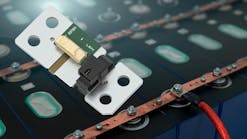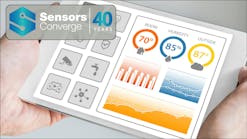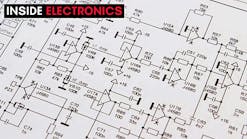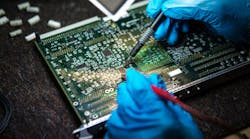The Do’s and Don’ts of Designing Robust and Reliable Systems (Download)
The crown jewels in the world of high-reliability embedded systems are the Voyager spacecraft. Voyager 1 and Voyager 2 remain in service after being launched close to 50 years ago, and they’re expected to continue running until 2032. However, reliability and robustness in electronics can be achieved at a much lower cost than an interstellar satellite. The end goal for engineers is to build devices that can tolerate multiple forms of abuse without increasing product cost.
High-reliability electronics can be implemented with many levels of rigor. At one extreme, there are failsafe systems where reliability is the top priority and cost is less of a factor. This includes the avionics of military and commercial airplanes, which tend to have several redundant systems that run the same computations and check each other’s results for issues.









